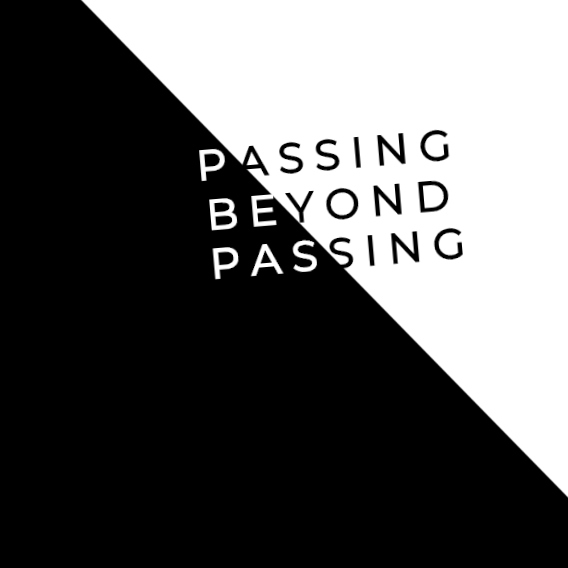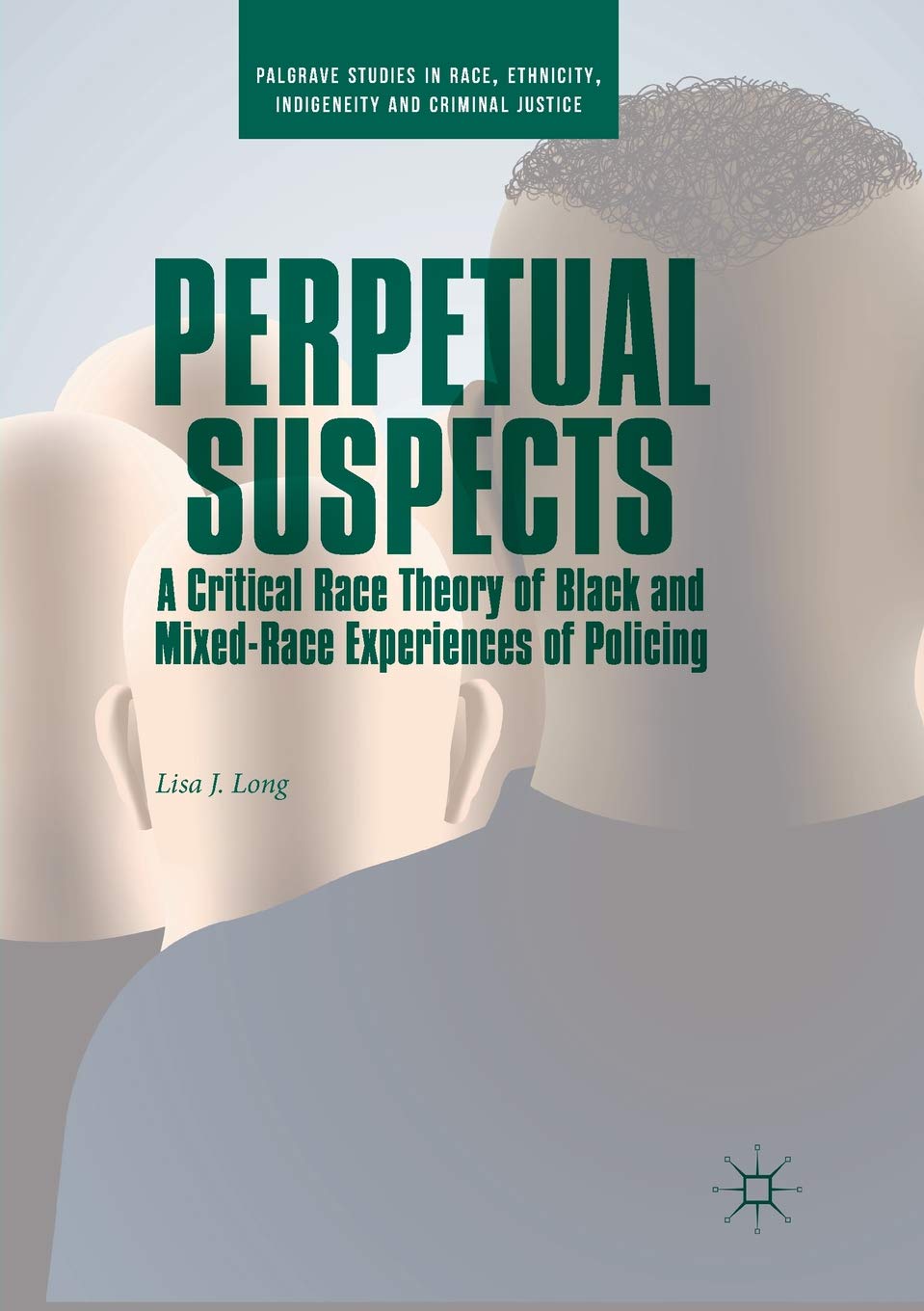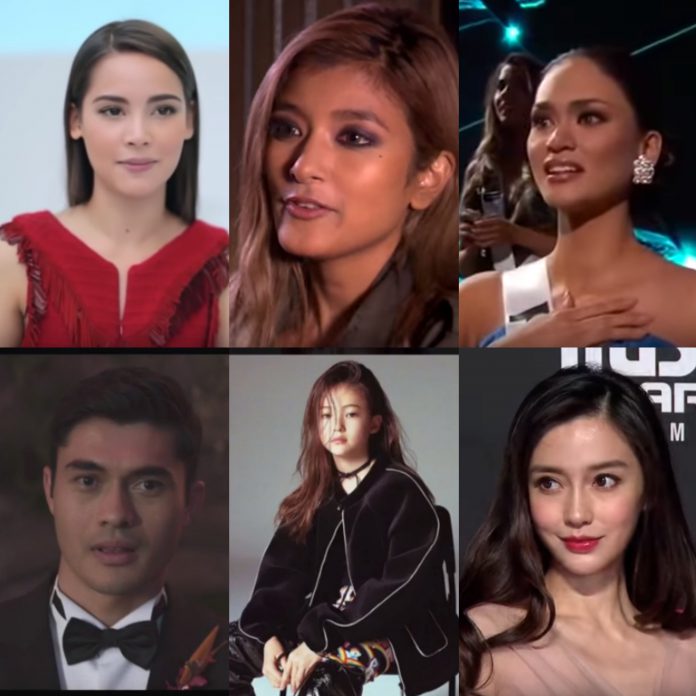Interracial Marriage in a Southern Area: Maryland, Virginia, and the District of ColumbiaPosted in Articles, Census/Demographics, History, Law, Media Archive, Social Science, United States, Virginia on 2019-04-08 17:13Z by Steven |
Interracial Marriage in a Southern Area: Maryland, Virginia, and the District of Columbia
Journal of Comparative Family Studies
Volume 8, Number 2, ETHNIC FAMILIES: STRUCTURE AND INTERACTION (SUMMER 1977)
pages 217-241
Thomas P. Monahan, Professor of Sociology
Villanova University, Villanova, Pennsylvania
Representing the Southern tradition, Virginia and Maryland in Colonial times enacted strong laws against racial intermarriage, which continued in force until 1967. For over 100 years the District of Columbia, located between Virginia and Maryland at the North-South borderline, allowed the races to marry without legal restriction. Strong social restraints, nevertheless, existed. How frequently mixed marriages occurred in the District in the past, and in all three jurisdictions after 1967, when such marriages could legally take place anywhere in the United States, is a matter of special interest. What change has there been in the extent and nature of interracial marriage in this geographical area?1
The Legal Control of Intermarriage
Shortly after the settlement of the English colonies in America, public opinion became antagonistic toward the interbreeding of whites with Negroes, mulattoes, or Indians, and laws were passed to control biological blending and intermarriage of the races (Ballagh, 1902; Johnson, 1919, Guild, 1936; Reuter, 1931:75; Scott, 1930; Wilson, 1965:20; Jordan, 1968:139).
Virginia
Ten years after the importation of a small number of Negro slaves into the colony, the Virginia Assembly in 1630 ordered the sound whipping of one Hugh Davis for lying with a Negress, a heathen (Hening, 1809:1-146; Hurd, 1858:1-229), and in 1640 a Robert Sweet was ordered by the Governor and Council to do penance in church for impregnating a Negro woman, who was to be whipped…
Read or purchase the article here.




